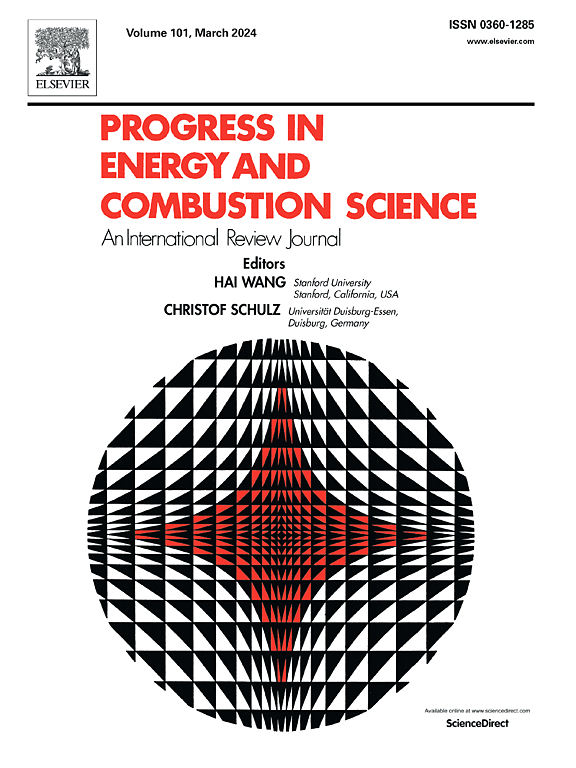A review on the recent advances of flash boiling atomization and combustion applications
Abstract
Flash boiling atomization is a promising approach to enhance spray atomization with internal energy as the driving force as well. Past investigations primarily focused on the morphologies and macroscopic characteristics of flash boiling sprays. Recently, with the advances in experimental techniques and the need in developing cleaner and more efficient combustion systems, thorough and detailed analyses were carried out on flash boiling atomization. This review article will introduce and discuss recent flash boiling advances using experimental approaches. This work will first discuss the gas-liquid, two-phase features in the nozzle and the impacts on the primary breakup of flash boiling sprays. Then, the characteristics of the external flash boiling spray plumes will be discussed with a dense vapor and sparse droplet feature. Furthermore, practical issues in adopting flash boiling atomization such as injector tip-wetting and spray wall impingement effects are covered in the flash boiling regime. Finally, practical applications of flash boiling atomization in combustors such as reciprocating internal combustion engines are presented. It is aimed that this review can provide an up-to-date summary of the current state-of-the-art of flash boiling atomizations and shed light on the future development of active flashing atomization techniques.

 求助内容:
求助内容: 应助结果提醒方式:
应助结果提醒方式:


